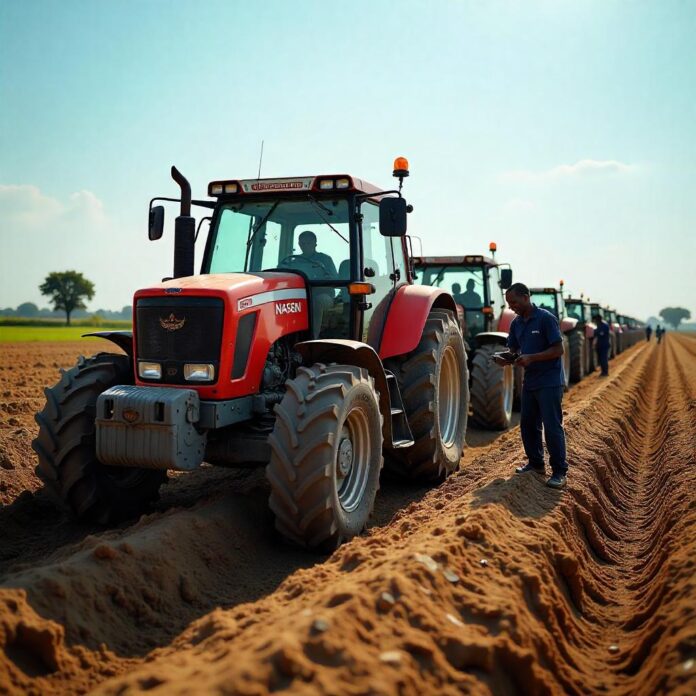Potential Challenges and Mitigation
Funding and Sustainability
One of the biggest risks is inconsistent funding, especially if political priorities shift. To mitigate this, NASENI is pushing for a cost-recovery model where fees from repaired assets and private-sector collaborations partly fund ongoing operations.
Resistance to Local Repairs
Some government agencies and large contractors may still prefer importing new machines for perceived quality and prestige. To counter this mindset, NASENI plans robust awareness campaigns showcasing the reliability and cost benefits of refurbished equipment.
Quality Assurance
Maintaining consistent repair standards nationwide can be tricky. NASENI will enforce standard operating procedures, continuous training, and certifications for technicians to ensure restored machines meet safety and performance benchmarks.
Logistics
Moving large, broken-down machines to regional centres and back to remote communities could pose logistical challenges. Strategic siting of restoration hubs closer to machine clusters will reduce transportation bottlenecks.
What This Means for Nigerians
For everyday Nigerians, the Machine Restore Plan has far-reaching implications:
Farmers in rural areas could gain easier access to affordable tractors and harvesters, boosting yields and lowering food costs.
Construction companies might complete projects faster and at lower costs with reliable bulldozers and graders.
Youths and artisans will find fresh opportunities for apprenticeships, jobs, and entrepreneurship in machine repair and maintenance.
Local economies will benefit from reduced capital flight and more funds staying within communities.
Next Steps
The plan is still in its early stages. In the coming months, Nigerians can expect to see more details on the audit results, the location of restoration centres, and opportunities for partnerships or training.
Stakeholders — from state governments to farmers’ associations and private engineering firms — are encouraged to collaborate with NASENI to make the plan a success.
Regular updates and progress reports are expected to keep the public informed and ensure transparency and accountability.
Final Thoughts
Vice President Shettima’s Machine Restore Plan represents a practical, homegrown solution to Nigeria’s industrial challenges: make the most of what the country already owns before spending scarce foreign exchange on new imports.
If implemented faithfully, the programme could revive thousands of neglected machines, strengthen local capacity, create jobs, and promote a new era of industrial self-reliance.
For many Nigerians tired of seeing abandoned tractors, broken bulldozers, and rusting machines wasting away in fields and factories, this initiative may finally bring them back to life — and with them, fresh hope for the nation’s economic revival.

